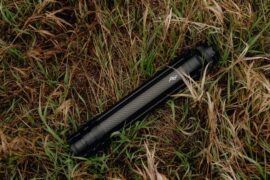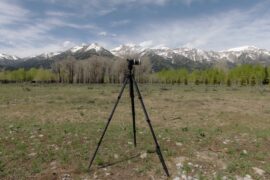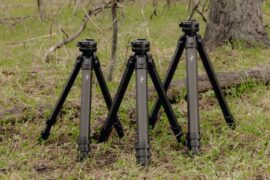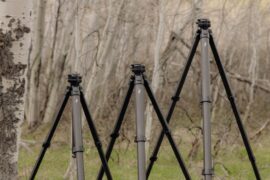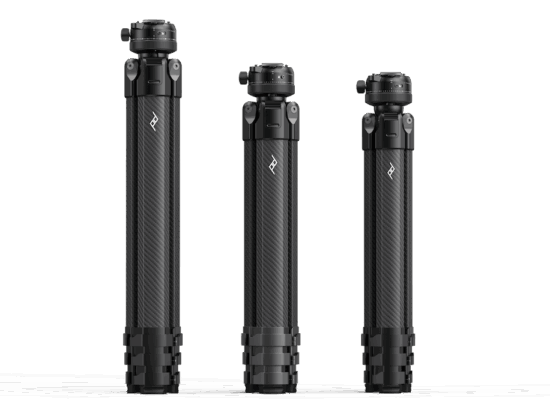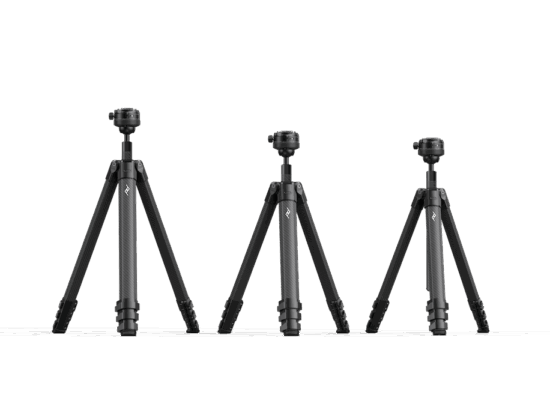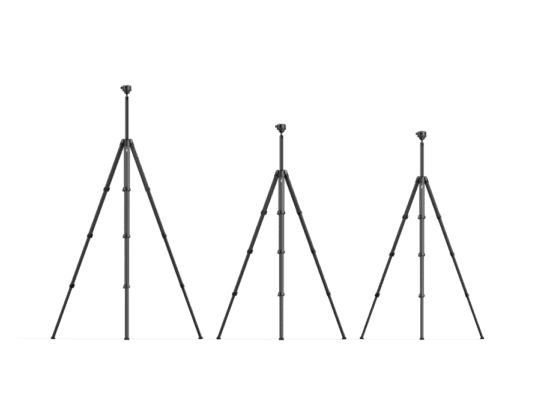
The previously reported OM System OM-5 Mark II camera is now officially announced.
Pre-orders are now open at: B&H Photo | Foto Erhardt | WEX Photo.
Here is what’s new from the previous OM-5 version:
- USB-C Port: Replaces the outdated micro USB for charging and data transfer, aligning with modern standards and EU regulations.
- Improved Menu System: Adopts the user-friendly menu from the OM-1 Mark II and OM-3, making navigation easier, especially for beginners.
- Computational Photography (CP) Button: A dedicated top-plate button provides quick access to features like High-Res Shot (50–80MP), Live ND (ND2–16), Focus Stacking, HDR, and Multiple Exposure.
- Enhanced Grip: Slightly larger for better handling, particularly with longer lenses, though not as deep as the OM-1 Mark II’s.
- New Color Option: Introduces a Sand Beige finish alongside black and silver, with the beige version as a limited edition.
- New Video Picture Modes: Adds creative video options, though it lacks 10-bit recording, limiting appeal for advanced videographers.
Core specs remain essentially unchanged:
-
20.4MP Live MOS sensor and TruePic IX processor
-
IP53 weather sealing
-
5-axis stabilization with up to 7.5 stops
-
121-point phase-detection AF (no subject detection for animals or birds)
-
30fps shooting with Pro Capture
-
4K video recording
Additional information and related videos:
Read More »



















